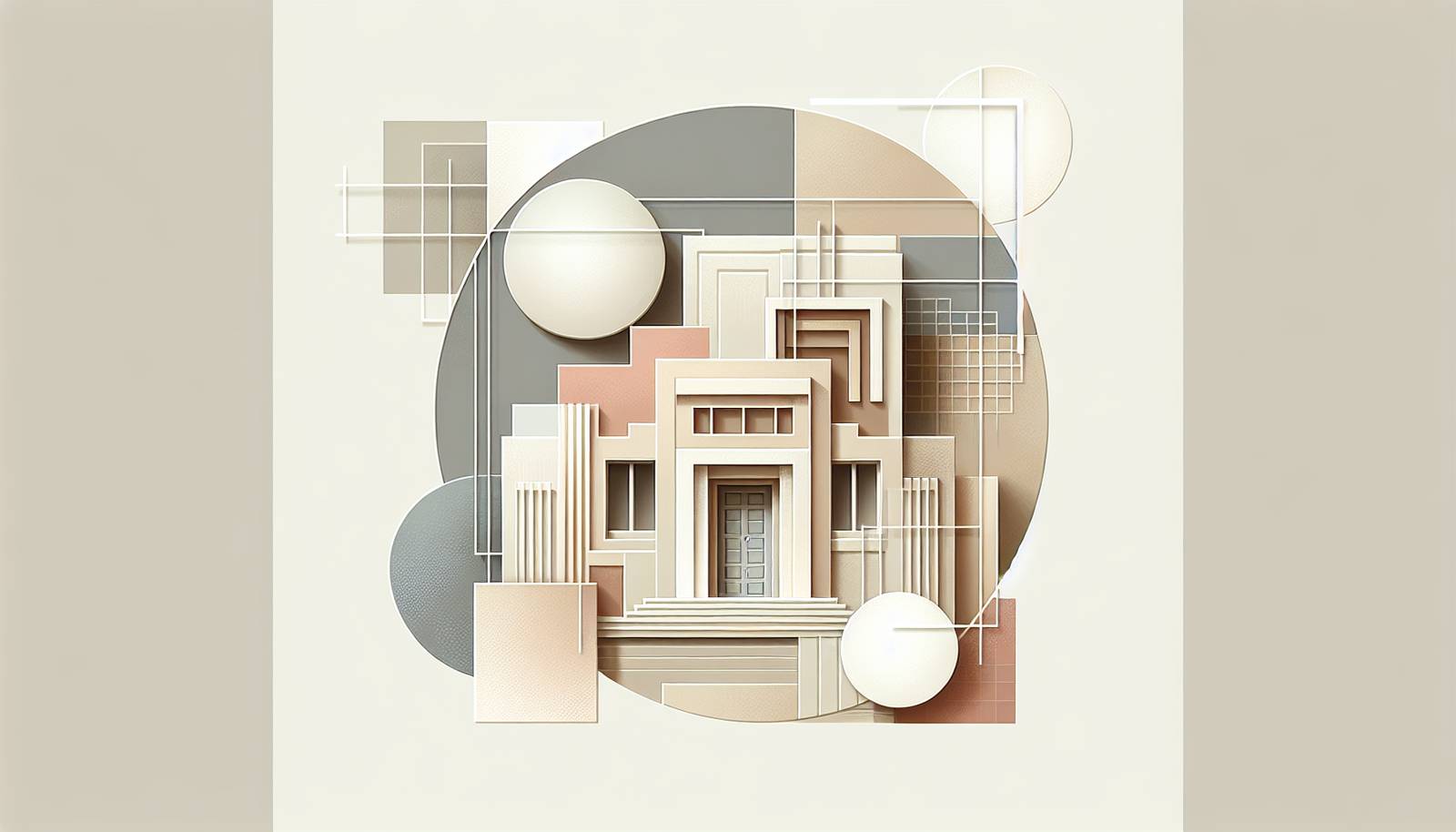
FAQ About Postmodernism's Effect on Architectural Design

What is postmodernism in architecture?
Postmodernism in architecture is a style that emerged in the mid to late 20th century as a reaction against the austerity and uniformity of modernist architecture. It is characterized by a return to ornament, a blend of different architectural styles, and an emphasis on complexity and contradiction.

How did postmodernism change architectural design?
Postmodernism changed architectural design by challenging modernist principles that valued simplicity and functionality above all. It reintroduced ornamentation, historical references, and a mixture of styles, allowing buildings to reflect more diverse and subjective meanings. This approach broadened the scope of architectural design and increased its diversity.

Who are some influential architects associated with postmodernism?
Some influential architects associated with postmodernism include Robert Venturi, Philip Johnson, Michael Graves, and Charles Moore. These architects emphasized eclectic designs and expressed complexity and contradiction in their works, going beyond the simplicity often seen in modernism.

What are the key features of postmodern architecture?
Key features of postmodern architecture include the use of bold colors, decorative elements, references to historical architectural styles, asymmetry, and the integration of different materials and forms. These elements often combine in unexpected ways, creating structures that stand out from their surroundings.

Can you provide examples of famous postmodern buildings?
Famous examples of postmodern buildings include the Portland Building by Michael Graves, the AT&T Building in New York by Philip Johnson, and the Piazza d'Italia by Charles Moore. These buildings highlight postmodernism's emphasis on playful design and historical references.

Why is postmodern architecture considered a reaction to modernism?
Postmodern architecture is considered a reaction to modernism because it opposes the latter's principles of minimalism and functionalism. Modernism tended to eschew historical references and decoration in favor of clean lines and pure forms. Postmodernism, conversely, embraces complexity, decoration, and historical context.

How does postmodernism incorporate past architectural styles?
Postmodern architecture incorporates past styles by referencing and reinterpreting historical forms in new and innovative ways. This might involve incorporating classical columns or Gothic details into modern buildings, often with a playful or ironic twist, thus creating a dialogue between past and present architecture.

What is the symbolism behind postmodern architectural designs?
Postmodern architectural designs often carry symbolism through their eclectic mix of styles and materials. By integrating historical and cultural references, these designs can evoke a variety of meanings and associations, reflecting the complex and multi-faceted nature of contemporary society.

Are there specific urban areas known for their postmodern architecture?
Specific urban areas known for their postmodern architecture include Portland, Oregon, with its iconic Portland Building, as well as parts of New York City with the AT&T Building. These cities hold significant developments that embody postmodern principles and aesthetics.

How did postmodernism influence contemporary design philosophies?
Postmodernism influenced contemporary design philosophies by promoting freedom of form, expression, and blending of styles. It encouraged an inclusive approach to design that allows for personal and cultural expression, affecting not just architecture but also fields like graphic and product design.

What is the significance of ornamentation in postmodern architecture?
In postmodern architecture, ornamentation signifies a departure from the minimalist, decor-free approach of modernism. Ornamentation is used not just for aesthetics but also to imbue buildings with personality, narrative, and cultural context, enriching the viewer's experience.

How did postmodern architecture affect building materials usage?
Postmodern architecture affected building materials' usage by encouraging the use of varied and unconventional materials. Contrasting textures and finishes, such as combining glass with concrete or metal details, became popular, allowing architects to explore new aesthetic and functional possibilities.

What role does irony play in postmodern architectural design?
Irony plays a significant role in postmodern architectural design, often manifesting through playful or unconventional uses of classical elements and juxtaposition of styles. This approach challenges traditional expectations and can create a dialogue between the building, its inhabitants, and observers.

Why is postmodernism criticized in architectural circles?
Postmodernism is criticized for sometimes prioritizing aesthetics over functionality, leading to designs that can be seen as superficial or lacking in innovation. Critics argue that its eclectic approach may result in incoherent or disjointed urban landscapes.

How did postmodernism address cultural and historical context in architecture?
Postmodernism addressed cultural and historical context by reintroducing past architectural styles and narratives into contemporary buildings. This approach acknowledged the significance of cultural heritage and sought to create deeper connections between new architecture and its historical setting.

What is the difference between postmodernism and deconstructivism in architecture?
While both postmodernism and deconstructivism challenge modernist principles, they differ in execution. Postmodernism generally incorporates historical references and ornamentation, whereas deconstructivism focuses on fragmented forms and non-traditional structures, emphasizing the instability of architectural components.

How does postmodernism handle the balance between form and function?
Postmodernism often prioritizes form, sometimes at the expense of function. This stylistic imbalance is rooted in the movement's focus on aesthetics and symbolism. However, many architects seek a harmonious blend of visual interest and practical usability in their postmodern designs.

Did postmodernism influence sustainable architectural practices?
While postmodernism itself didn't primarily focus on sustainability, its impact on design diversity and material exploration laid groundwork for modern sustainable practices. The freedom to blend styles and use varied materials has contributed to innovative solutions in sustainable architecture.

What is the cultural impact of postmodern architecture?
Postmodern architecture has a significant cultural impact by encouraging diversity and inclusivity within architectural expression. It has allowed cultural narratives to be embodied in the built environment, promoting a more personal and culturally aware approach to architecture.

How does postmodern architecture interact with its surroundings in urban spaces?
Postmodern architecture often interacts with its surroundings through contrast and dialogue. By incorporating eclectic styles and historical references, it can stand out against or complement existing structures, creating dynamic urban environments that invite reflection and discussion.
